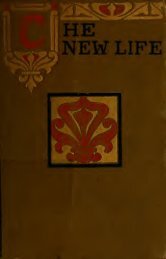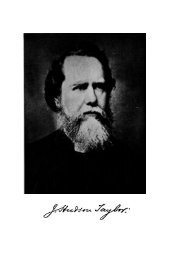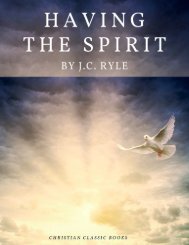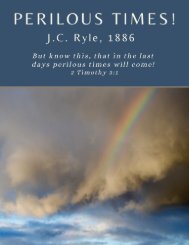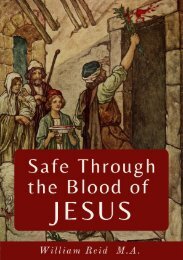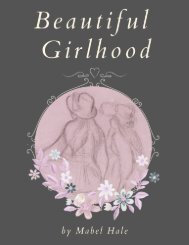Susanna Wesley
This is the story of Susanna Wesley, 1669-1742 Mother of Charles and John Wesley, who were founders of the Methodist Church. Susanna and her husband, Samuel, had nineteen children, ten of whom survived to adulthood. Her son Charles became a well-known hymn writer and her son John became the found of Methodism. Susanna was brought up in a Puritan home as the youngest of twenty-five children. As a teenager, she became a member of the Church of England. She became the wife of a chronically debt-ridden parish rector in an English village. She said, "I have had a large experience of what the world calls adverse fortune." Nonetheless, Susanna managed to pass down to her children Christian principles that stayed with them.
This is the story of Susanna Wesley, 1669-1742 Mother of Charles and John Wesley, who were founders of the Methodist Church. Susanna and her husband, Samuel, had nineteen children, ten of whom survived to adulthood. Her son Charles became a well-known hymn writer and her son John became the found of Methodism.
Susanna was brought up in a Puritan home as the youngest of twenty-five children. As a teenager, she became a member of the Church of England. She became the wife of a chronically debt-ridden parish rector in an English village. She said, "I have had a large experience of what the world calls adverse fortune." Nonetheless, Susanna managed to pass down to her children Christian principles that stayed with them.
You also want an ePaper? Increase the reach of your titles
YUMPU automatically turns print PDFs into web optimized ePapers that Google loves.
EARLY MARRIED LIFE. 19<br />
Marquis as to necessitate his father's resignation of<br />
the living but this statement is not borne out ;<br />
by<br />
facts. If the story were absolutely correct, the Marquis<br />
must have recognised the natural indignation<br />
of a gentleman, and have respected him accordingly,<br />
for Mr. <strong>Wesley</strong> did not cease to be his private<br />
chaplain, nor to dedicate books to him and the<br />
Marchioness, nor did the nobleman forget to mention<br />
the Rector of South Ormsby<br />
at Court. The actual<br />
rencontre may very possibly have been with some<br />
woman connected with Lord Castleton, who rented<br />
the Hall and lived a very dissolute life there. It<br />
all happened long before John <strong>Wesley</strong> was born, so<br />
have been mistaken as to the facts.<br />
he may easily<br />
When Samuel was between four and five years old<br />
his parents were relieved of all<br />
anxiety about his<br />
speech. He was very fond of the cat, and would<br />
carry it about and often get away with it into quiet<br />
corners, where we may presume that the other little<br />
ones did not follow to molest either pussy or her<br />
juvenile master. One day he was so long out of sight<br />
that his mother grew uneasy. She hunted all over<br />
the house and garden, and at length, while calling his<br />
name, she heard a voice<br />
"<br />
saying, Here am I,<br />
"<br />
mother ! It came from under the table, and,<br />
stooping down, she saw Sammy<br />
and his cat. From<br />
this time forth he spoke as well as other children :<br />
Mrs. <strong>Wesley</strong>'s thankfulness may be imagined.<br />
It was in 1693 that Mr. <strong>Wesley</strong> published his<br />
heroic poem in ten books, entitled The Life of Our<br />
Blessed Lord and Saviour Jesus Christ, and dedicated<br />
it to Queen Mary. It was not published by the<br />
friendly brother-in-law, Dunton, but<br />
" printed for<br />
Charles Harper, at the Flower-de-Luce, over against<br />
2 *










